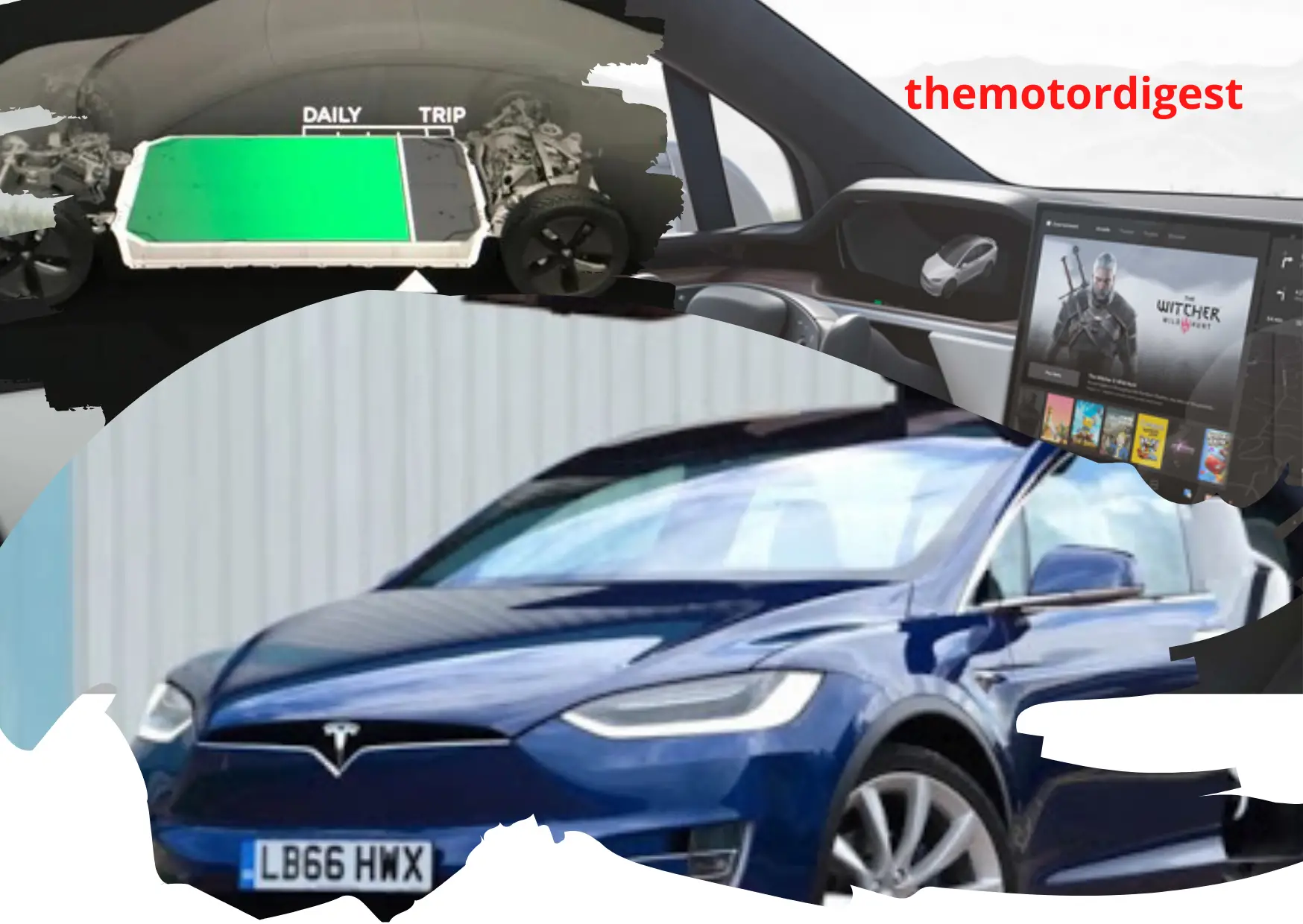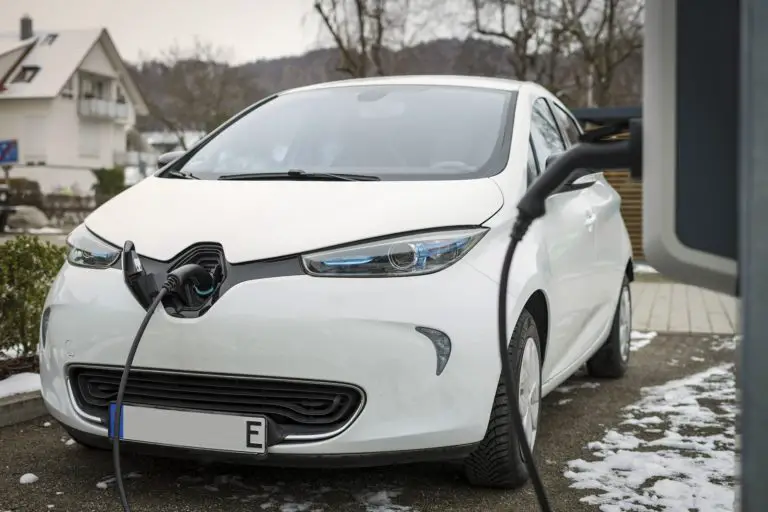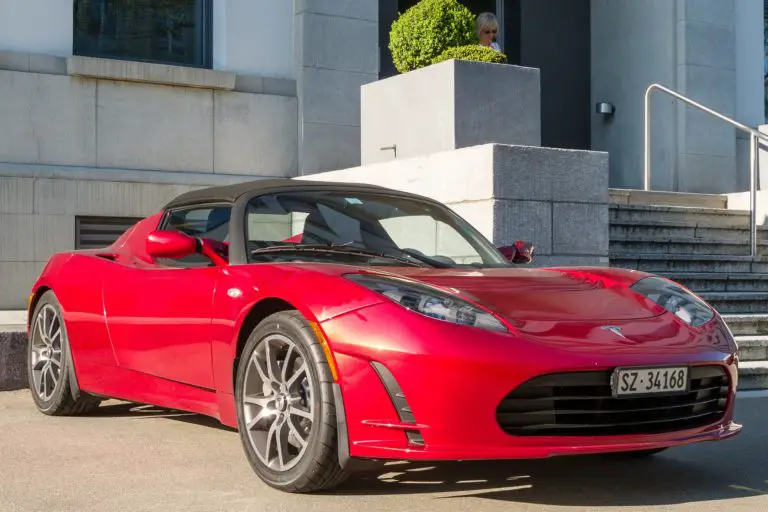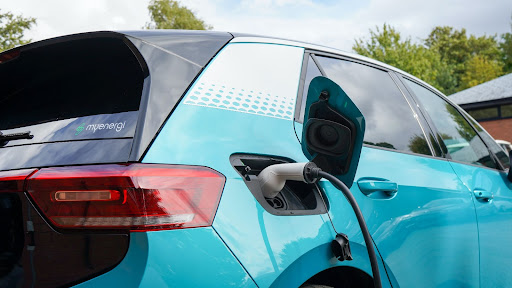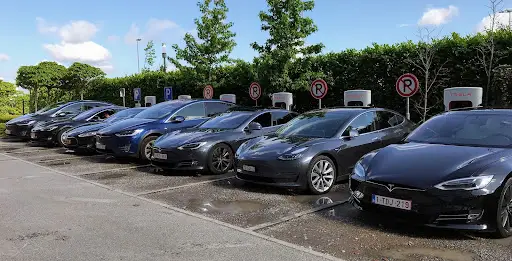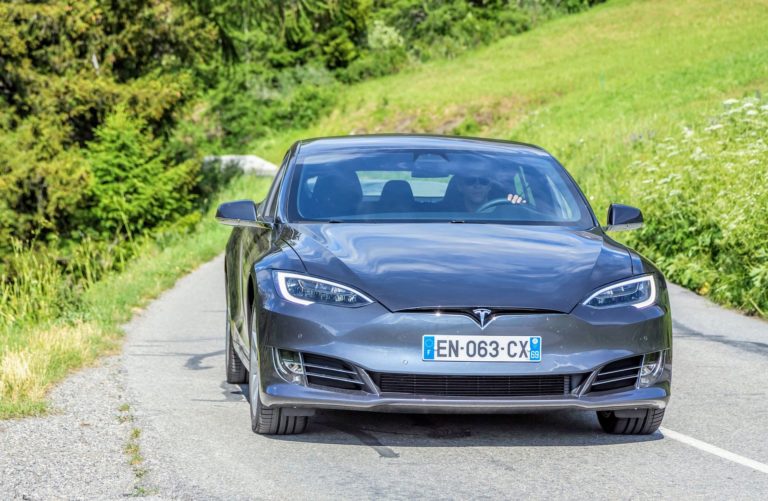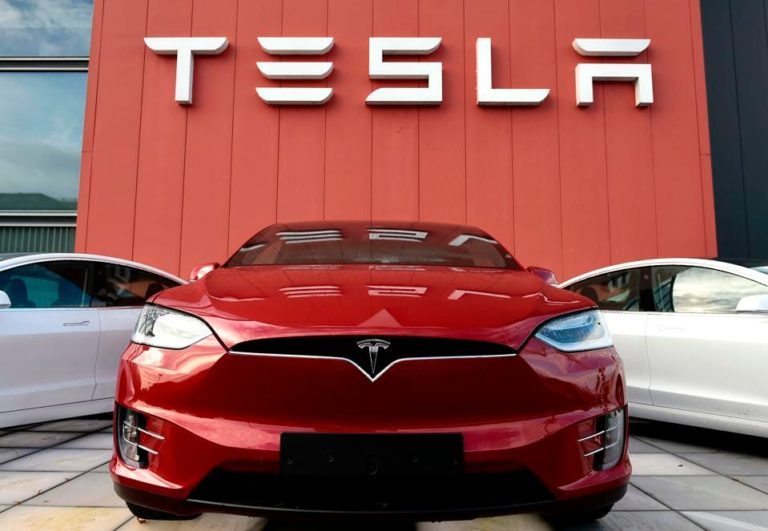Does Tesla Autopilot Drain Battery Faster?
Tesla’s autopilot feature is a revolutionary technology that allows you to practically sit back and relax on your daily commute, as AI technology does most of the work for you on the road. But does Tesla autopilot drain battery faster?
The autopilot features in Tesla vehicles can drain the battery faster. Additionally, the computer, cameras, RADAR, ultrasonic sensors, and liquid cooling system will add to the power consumed while operating on autopilot mode. However, owners would have to drive more efficiently than on autopilot.
Suppose you want to know more about how Tesla’s autopilot feature works and how much battery power it uses when turned on. In that case, this article will provide all of the details you need to know whether you can achieve greater efficiency with or without it.
Table of Contents
- How Much Battery Does Tesla’s Autopilot Feature Use?
- How Will Fully Self-Driving (FSD) Improve Driving Performance?
- Conclusion
How Much Battery Does Tesla’s Autopilot Feature Use?
We have explored countless testimonials from Tesla owners to discover whether they find driving with autopilot features drains their electric vehicle’s battery faster than without them. Here’s what we found:
- The NVIDIA Drive PX2 computer in Teslas consumes an additional 250W of power
- Other features such as the eight cameras, RADAR, ultrasonic sensors, and liquid cooling system for the computer will use another 300W
- Tesla’s autopilot feature will use artificial intelligence (AI) to discover the most efficient routes to your final destination and to navigate the roads in a way that consumes as little battery power as possible
- If you are an efficient driver, you may outperform the autopilot, make better use of the regenerative braking feature in Teslas, and drive at speeds that consume less battery power
According to the Tesla Model 3’s configuration menu, the autopilot feature consists of several technologies that assist you while driving your car, such as auto-parking, Traffic-Aware Cruise Control (TACC), autosteer, automatic lane changes, automatic emergency braking, and obstacle-aware acceleration.
Tesla has yet to fully develop and release Fully Self-Driving (FSD) features, which would allow the vehicle’s onboard computer to do absolutely everything for you (as opposed to the current autopilot’s requirement for you to take on a “manager” role). The current autopilot software is not yet capable of surpassing the abilities and judgment of a human driver.
In theory, the Artificially Intelligent FSD software would make a Tesla’s autopilot capable of making better-calculated decisions than a human driver. It would not only be safer than a manually operated vehicle, but it would also mean that the car would drive distances and at speeds that maximize efficiency and therefore preserve the electric vehicle’s battery life.
Technology has yet to reach the stage at which it can be considered fully Self-Driving and cannot drive better than a human being, despite how impressive it already is. For example, if driving up a hill, the autopilot feature will not be able to regulate speed in a way that would reduce power consumption. A human being would be able to make that calculated decision.
Nonetheless, the Navigate on Autopilot feature in Teslas will calculate the shortest, most efficient route to your destination and will drive the car at speeds that will consume the least amount of battery power – particularly when set to “chill mode.” But, for now, the autopilot feature will drain the battery faster than a highly efficient driver.
In addition to this, the Tesla autopilot feature uses numerous hardware components such as the eight cameras on the outside of the car, RADAR and ultrasonic sensors, and the NVIDIA Drive PX2 computer and its liquid cooling system use approximately 500W of power. However, this is a relatively small load compared to the 20,000W required for the drive train.
The additional cost at US electricity rates will be approximately an additional 0.3 cents for every mile you drive in autopilot mode. So, yes, Tesla autopilot drains the battery faster, but not by much.
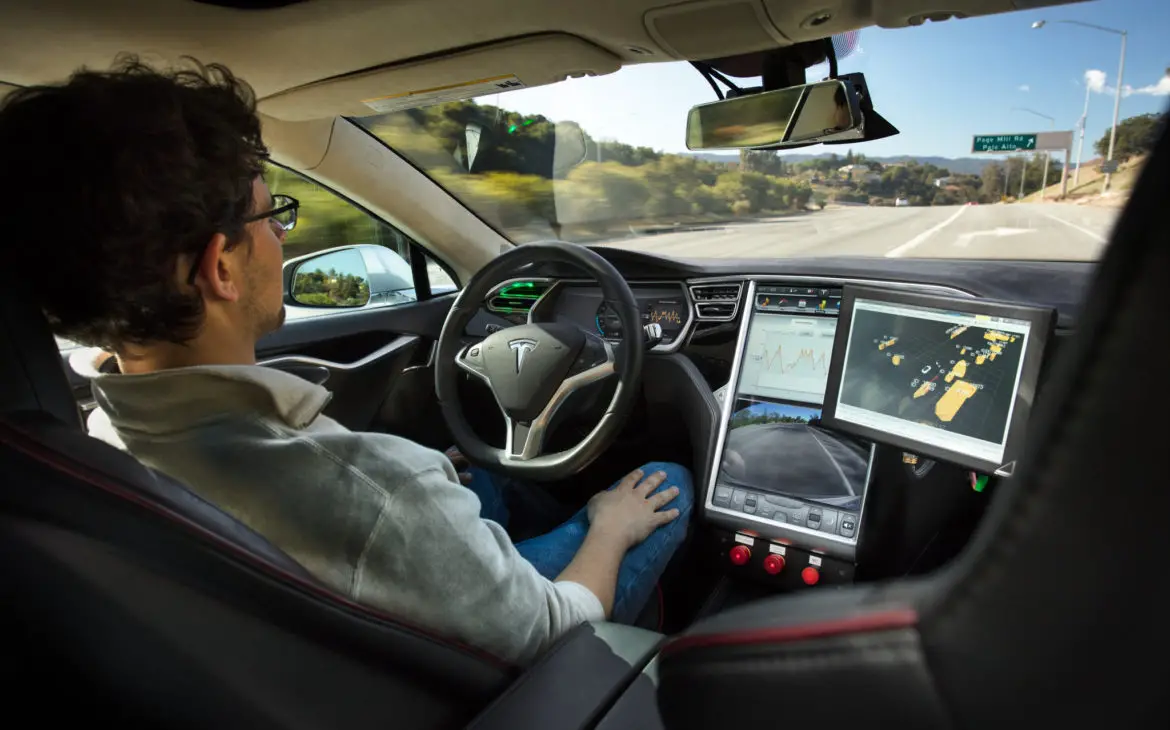
How Will Fully Self-Driving (FSD) Improve Driving Performance?
According to a study on autonomous vehicle (AV) technology conducted by the University of Michigan, FSD features can replace a driver when navigating a vehicle, avoiding road hazards, and responding to traffic and weather conditions. In addition, as a result of Level 5 automation (the highest level/full autonomy), energy consumption is predicted to be reduced by as much as 40%.
These reductions will occur due to less traffic congestion, eco-driving, platooning, vehicle right-sizing, and de-emphasized performance. In addition to this, autonomous vehicles could reduce car crashes by up to 90% due to the elimination of human error.
So, to put it in simple terms, fully automated driving relies on the advancement of Artificial Intelligence (AI) technology. And, when Teslas have reached Level 5 autonomy, the autopilot feature will be “smarter” than humans and will make better decisions on the road, ultimately improving driving efficiency. And improved efficiency leads to lower energy consumption.
One advantage that Tesla has over its competitors is that the onboard computer in Tesla cars consistently gathers data from Tesla drivers, analyzing their driving decisions and feeding into a vast pool of information that will inform a future AI platform and help it make the right decisions on the road.
However, at this stage, the technology is not as smart as a human driver, and therefore, the autopilot feature does drain the battery faster in comparison. But, over time, this will change, and the autopilot will constantly close the gap.
Conclusion
So, does Tesla autopilot drain the battery faster? The answer to the question is complicated and determined by factors such as driving conditions, driver decision-making, and the hardware’s power requirements that facilitate autopilot features.
So, if you’re a more efficient driver than the autopilot, it will drain the battery faster, and there is a comparatively low power cost for the autopilot hardware. However, as the technology improves over time, the Tesla autopilot will overtake human capabilities and eliminate the factor of human error, which means it will preserve battery power.
Amazon and the Amazon logo are trademarks of Amazon.com, Inc, or its affiliates.

